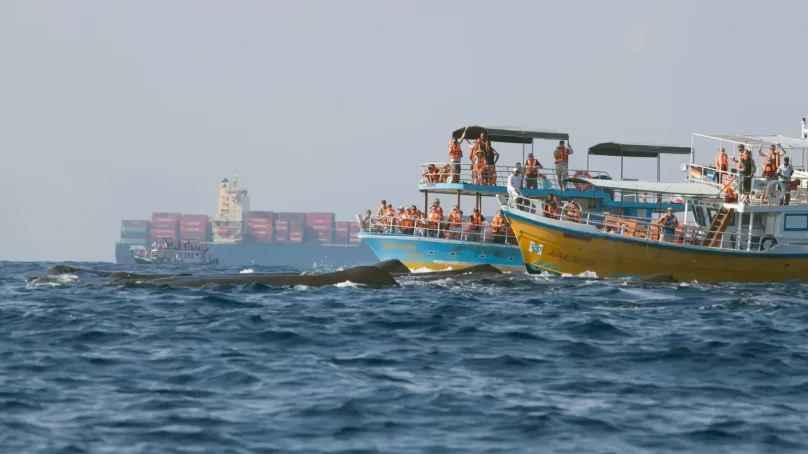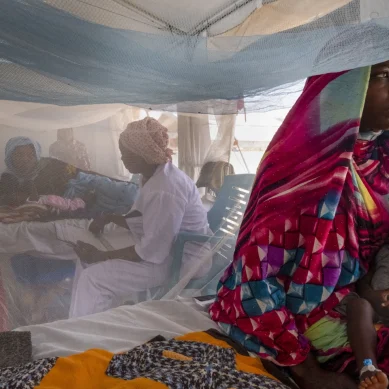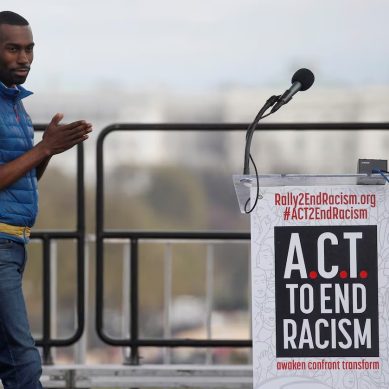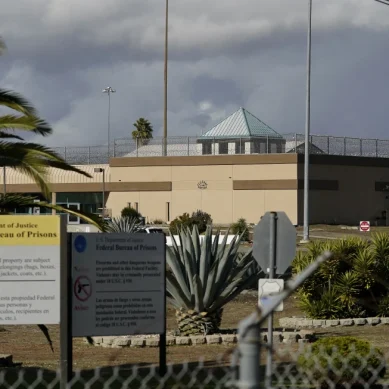
Africa is gradually splitting into two. The Somali and the Nubian tectonic plates are slowly disintegrating from each other, while the Arabian plate continues to pull away.
Although that will take between five to 10 million years, with fault lines widening seven millimetres every year, the continent will eventually split into two sub-continents, creating a new ocean basin between them.
The continental rift, according to a recent study published in the Geophysical Research Letters journal, will happen along the East African Rift Valley, a geologically active region whose formation millions of years ago is similar to that of the tectonic movements that happen at the bottom of oceans.
A giant chasm that emerged and quickly developed within days in the Afar Desert in Ethiopia in 2005, heralded the coming-to-pass of this long standing theory held by geologists that Africa could at some point in time split into two.
This happened when a volcano named Dabbahu erupted at the tail of the East African Rift Valley. It is a result of a three-way tectonic movement of the Nubian Plate, Somali Plate and Arabian Plate. Afar sits at the junction of these three plates.
In 2018, geologists reaffirmed this theory when a similar crack appeared in Narok, a small town roughly 142 kms west of Kenya’s capital Nairobi, and continued to grow as heavy rains hit the region. And while the generally held belief then would be that it was a result of the rains, the underlying cause, geologists held, was tectonic movements.
“The rift is still active and the plate movement at the boundary brings about tension forces. The fact that the mantle where magma comes from is part of the earth’s crust is reason enough for further rifting,” Mercy Buret, a geologist at the Baringo Technical College tells Quartz. Baringo is a county based within Kenya’s rift valley, which, according to Buret, experiences unnoticeable tectonic earth movement daily. “May be we shall find part of the rift separated by an island.”
This means landlocked countries such as Rwanda, Uganda, Burundi, the Democratic Republic of Congo, Malawi and Zambia would inadvertently find themselves with a coastline, and thus, build harbors that connect them to the rest of the world directly. Kenya, Tanzania, and Ethiopia would have two territories each.
When it splits, the smaller portion containing Somalia, Eritrea, Djibouti, the eastern parts of Ethiopia, Kenya, Tanzania, and Mozambique where the valley ends may drift away, while the remaining larger Nubian Plate will see a coastline created for the several eastern and southern Africa countries that have traditionally relied on their neighbours for access to sea transport.
The DRC, Uganda, Rwanda, and Burundi have, by and large, relied on Kenya’s Indian Ocean port of Mombasa and Tanzania’s port of Dar es Salaam for their sea freight and transportation.
A new coastline just in their front yard would cost the countries millions of dollars in evacuation, but it comes with huge advantages – the reduction in international logistical expenses and creation of shipping and fishing industries that did not exist.
It also means the countries can finally be directly connected to sub-sea internet cables if that technology will not have been bypassed by time then assuming that millions of years down the line, nation states will still exist in the form they do now.
- A Quartz Africa report











